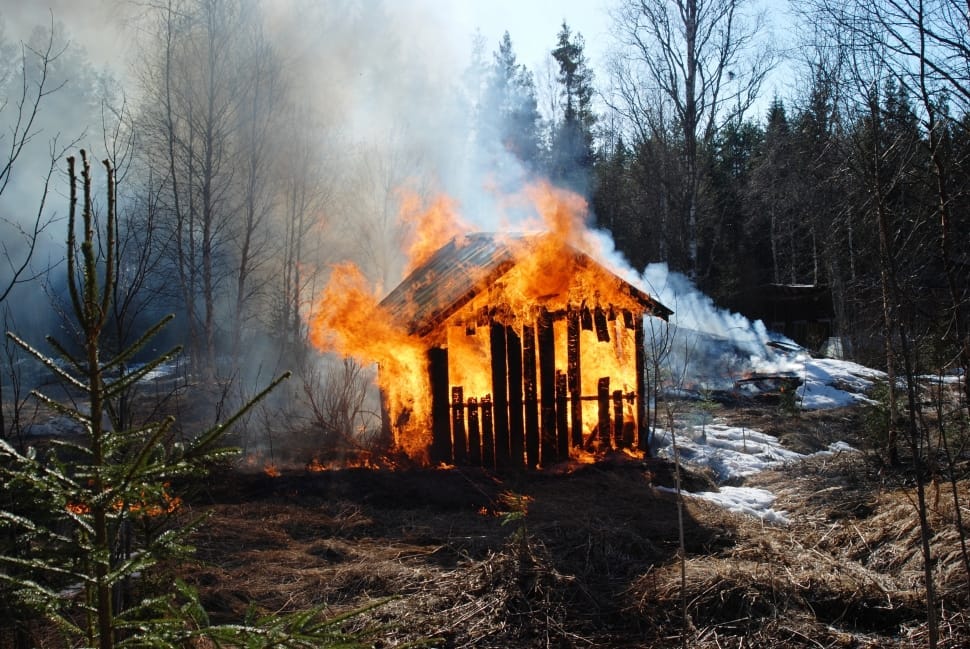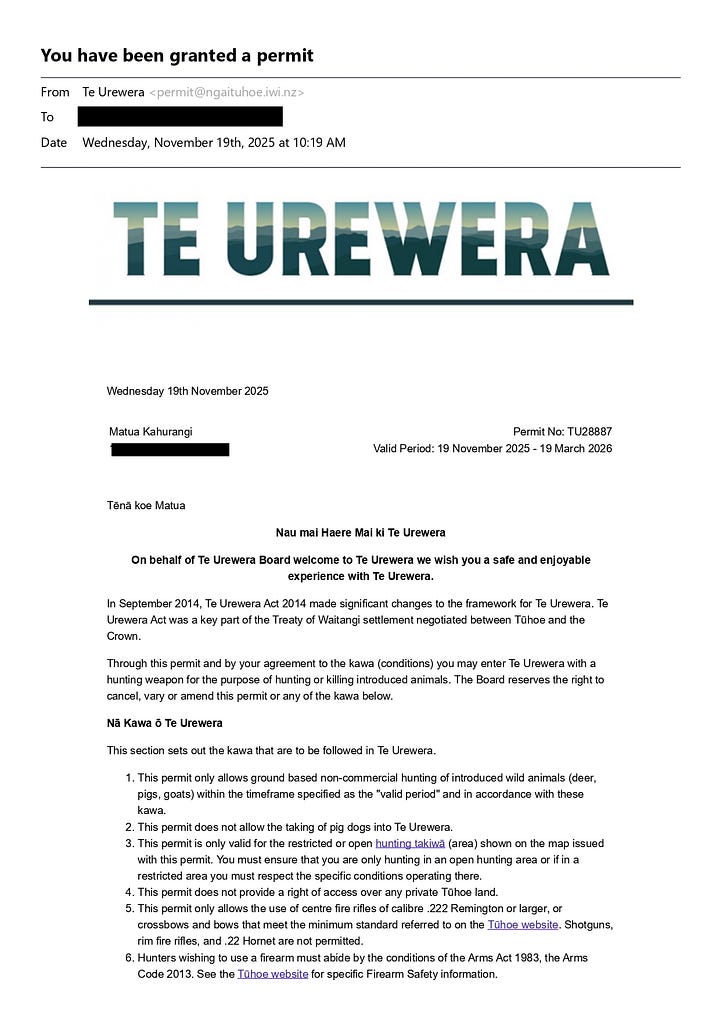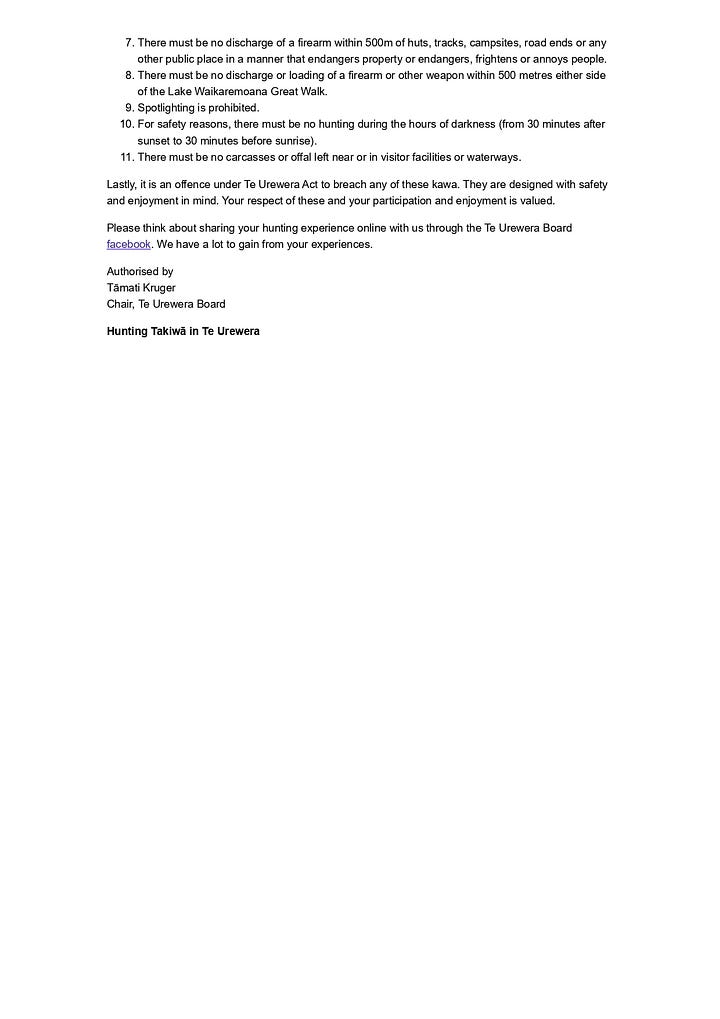Te Urewera mismanagement: Tūhoe leadership failing the land and its people
For years, the Urewera’s have been celebrated as a showcase of iwi stewardship and environmental guardianship. But the reality is far bleaker. Tūhoe leadership is presiding over mismanagement, neglect, and a shocking lack of accountability, turning what should be a model of co-governance into a cautionary tale of waste and incompetence.
Each year, millions of taxpayer dollars are allocated to Te Uru Taumatua for the management of the Urewera. This organisation oversees Te Urewera on behalf of the Tūhoe people and operates under the governance of the Te Urewera Board.
Te Urewera is a unique natural area in the North Island, recognized in New Zealand law as a living person with its own rights, powers, duties, and liabilities. yet evidence of proper use is virtually non-existent.
One subscriber, who spent a week in the area on a cycle tour three years ago painted a damning picture:
Te Urewera is a unique natural area in the North Island, recognized in New Zealand law as a living person with its own rights, powers, duties, and liabilities. yet evidence of proper use is virtually non-existent.
One subscriber, who spent a week in the area on a cycle tour three years ago painted a damning picture:
“We stayed with several farmers and heard so many stories. Predator-proof fencing that had already been paid for was left to fall down. Maori were riding horses through the Blue Duck wetlands. Tracks were blocked, DOC was excluded from surveys, and whites were even threatened in some areas. At Lake Waitkari by the campground, the government funded a huge building for iwi that isn’t used and was in bad repair after just one year.”
Former ACT MP Nicole McKee uncovered further proof through an OIA request, finding that there are no receipts, no reports, and no accountability for roughly $3 million annually paid out. This is not oversight, it is a blank cheque for mismanagement.
The neglect goes beyond poor bookkeeping. Fences, huts, and vital tracks lie in ruin. Government-funded infrastructure is left to decay while sensitive wetlands are trampled and damaged. Access for non-Māori visitors is obstructed, surveys are blocked, and local farmers report intimidation. The supposed guardians of the Urewera’s are failing both the land and the people who rely on it.

Everyday Māori and other visitors are left to bear the consequences. While millions are pumped into iwi management, the benefits fail to reach the communities and ecosystems that need them. The Urewera’s, once a treasure of New Zealand, is increasingly inaccessible, mismanaged, and at risk.
Hikers, hunters feel ignored as Te Urewera huts demolished - 27 Oct, 2022
.

Decisions are made behind closed doors with almost no transparency. Audits are difficult to access, financial reports are all kaka, and there is no meaningful oversight. This culture of secrecy allows incompetence to flourish, eroding trust in Tūhoe as stewards of the land. What was supposed to be a model for co-governance has become a blueprint for neglect.
The Urewera’s are a test case for co-governance, and right now, Tūhoe is failing spectacularly. Millions of taxpayer dollars flow into an opaque system, while infrastructure rots, sensitive areas are damaged, and local communities are ignored. First-hand accounts, OIA findings, and on-the-ground reporting paint a picture of gross mismanagement.

I wanted to see how easy it really was to get a hunting permit, and sure enough, it was pretty straightforward. I went onto the Te Uru Taumatua website, filled out the application, and was sent the permit straight away, no questions asked. The only requirement is to carry it with you at all times while hunting. The process is very similar to getting a standard hunting permit from DOC.
Decisions are made behind closed doors with almost no transparency. Audits are difficult to access, financial reports are all kaka, and there is no meaningful oversight. This culture of secrecy allows incompetence to flourish, eroding trust in Tūhoe as stewards of the land. What was supposed to be a model for co-governance has become a blueprint for neglect.
The Urewera’s are a test case for co-governance, and right now, Tūhoe is failing spectacularly. Millions of taxpayer dollars flow into an opaque system, while infrastructure rots, sensitive areas are damaged, and local communities are ignored. First-hand accounts, OIA findings, and on-the-ground reporting paint a picture of gross mismanagement.
I wanted to see how easy it really was to get a hunting permit, and sure enough, it was pretty straightforward. I went onto the Te Uru Taumatua website, filled out the application, and was sent the permit straight away, no questions asked. The only requirement is to carry it with you at all times while hunting. The process is very similar to getting a standard hunting permit from DOC.


Click to view
Co-governance, as it is currently implemented, is inherently racist. It hands control of land, resources, and funding to one racial group over all others, regardless of merit or accountability. In the Urewera’s, we see the consequences: huts and infrastructure deliberately left to rot or burned down, sensitive areas mismanaged, and allegations of intimidation or threats towards white Kiwis attempting to access the land. These are not isolated incidents - they are a pattern.
Time and time again, the iwi elite at the top of the pyramid have shown they cannot responsibly manage large sums of public money. Nepotism, cronyism, and self-interest dominate decision-making, while the broader community sees little to no benefit. The system is a rot at the heart of co-governance, masquerading as cultural stewardship while privileging a select few. Until there is genuine accountability, oversight, and equality, this model will continue to fail the land and the people who rely on it.
This is not just negligence, it is a betrayal. Co-governance simply does not work, and in practice it is discriminatory, favouring one group over others based on race. The Urewera’s deserve better, and all New Zealanders deserve answers. It is time for an independent investigation to hold those in charge accountable.
Matua Kahurangi is just a bloke sharing thoughts on New Zealand and the world beyond. No fluff, just honest takes. He blogs on https://matuakahurangi.com/ where this article was sourced.


6 comments:
I have had a lot to do with Te Uruwera area for nearly fifty years and live close by. Although not perfect it was well run under the previous national park system. What we have now is an absolute debacle. Tracks are not maintained. Most of the huts have been burnt down. Pest control work is nearly non-existent and previous protection work on native bird life has taken a huge step backwards. I have spoken to a number of users of the area who have been made to feel rather unwelcome Just where all the money goes is anyone's guess. Welcome to co governance
I was there in September last year. I walked one of the old tracks that isn't maintained. What used to be a bush with significant undegrowth is now just bare dirt beneath the trees. I saw deer which were now attacking the trees themselves.
I went inside the "visitor's center" and was told off for wearing shoes. When I pointed out there were no signs saying to remove shoes they said "This is our marae and we don't have signs to remove shoes on a marae". In other words, everyone just has to know.
Later I spoke to some locals in Muripara, most being Maori themselves. They told me that they used to go to the Lake regularly, but now nobody goes there because of all the negativity.
So with all this independence, why are taxpayers paying them millions of dollars? Under co-goverance the Crowns roles is just to pay money while the Iwi's is to spend it then demand more.
Are the Ureweras a true example of co governance? According to Finlyason on RNZ some time ago the area now belongs to maori to do as they will. The relative legislation presumably just another example of mps asleep on their feet and seriously incompetent with grossly benign anticipatiion of the vindictiveness of maori actions.
Surely this was the expected result. Pre-european Maori had zero concept of protecting the environment. It was simply use it before someone else came in and took it. That they didn't do more damage was only because of the lack of population.
Pest control in Te Urewera has been allowed to revert to inaction. There used to be a Mainland Island in northern Urewera run by DOC with mana whenua staff. It had the largest population of the endangered kokako, as well as kiwi and blue duck/whio. Now, who knows how these species are faring, they don't deign to report to outsiders. Te Urewera has become an ecological desert with little birdlife and eaten out undergrowth. Time for them to bring themselves up to date on pest management like other iwi, such as Te Whānau-a-Apanui and Ngati Porou in Raukūmara.
BORING.... Only to be expected. The same old abuse, ignorance, laziness. As a child I learned about it on the farm in 1950s.... clearing ragwort infestations in the Naki. Later Eva Rickard's land... weeds, gorse, broken fences.... Even later up the Wanganui River road, wandering sheep/cattle, unfenced land, weeds... So its NO SURPRISE the Ureweras are suffering the same. Maori are their own worse enemies..... trying to con $$$ from whitey again.
Post a Comment